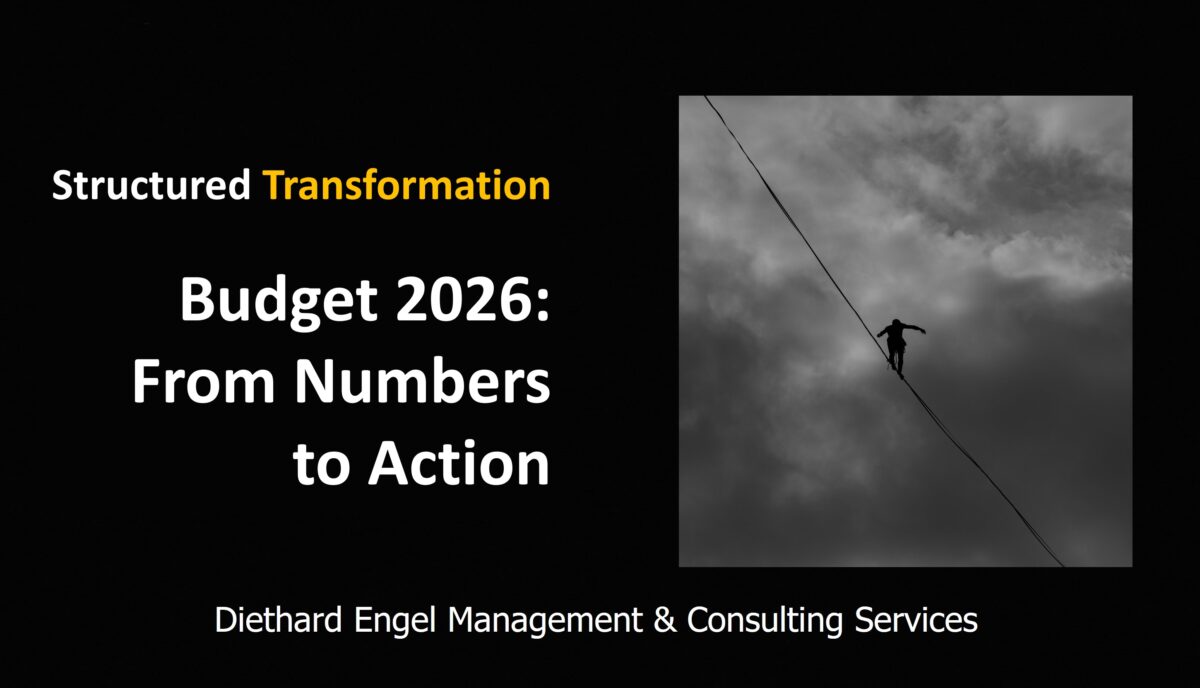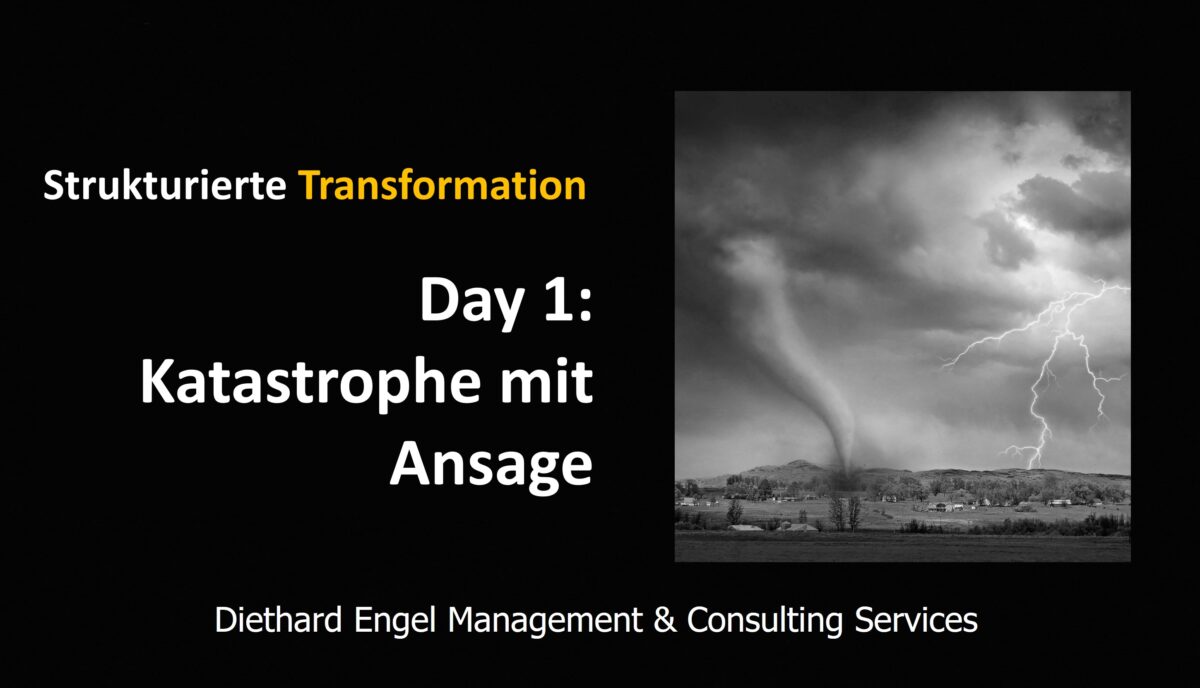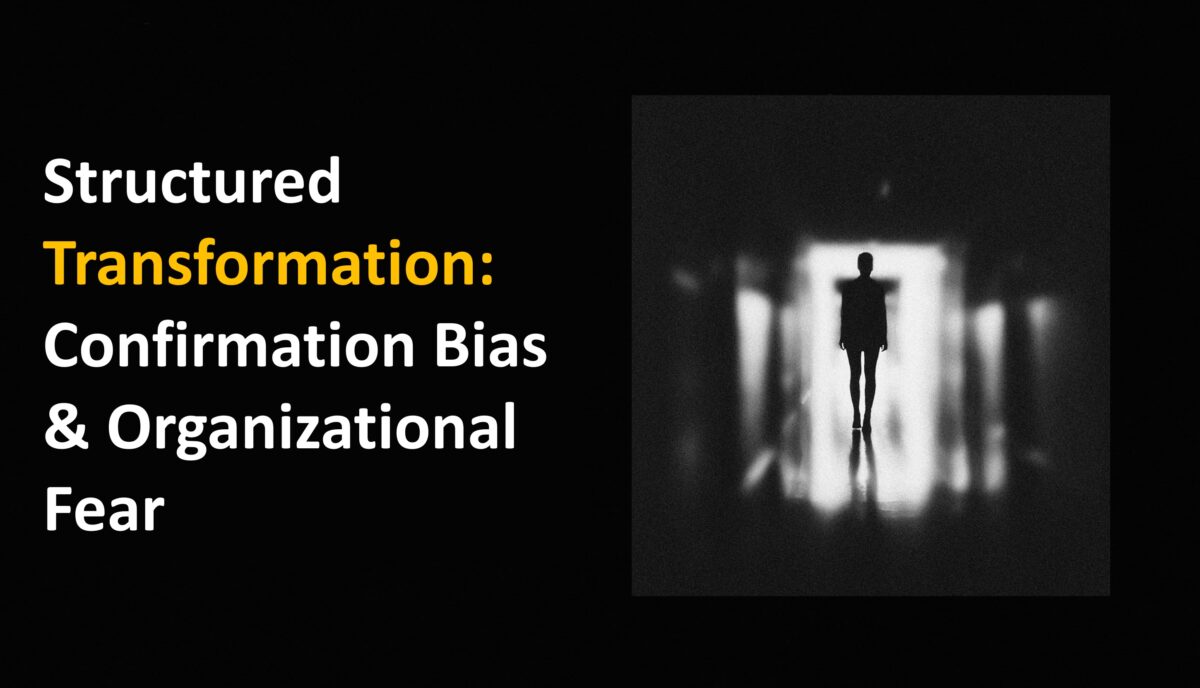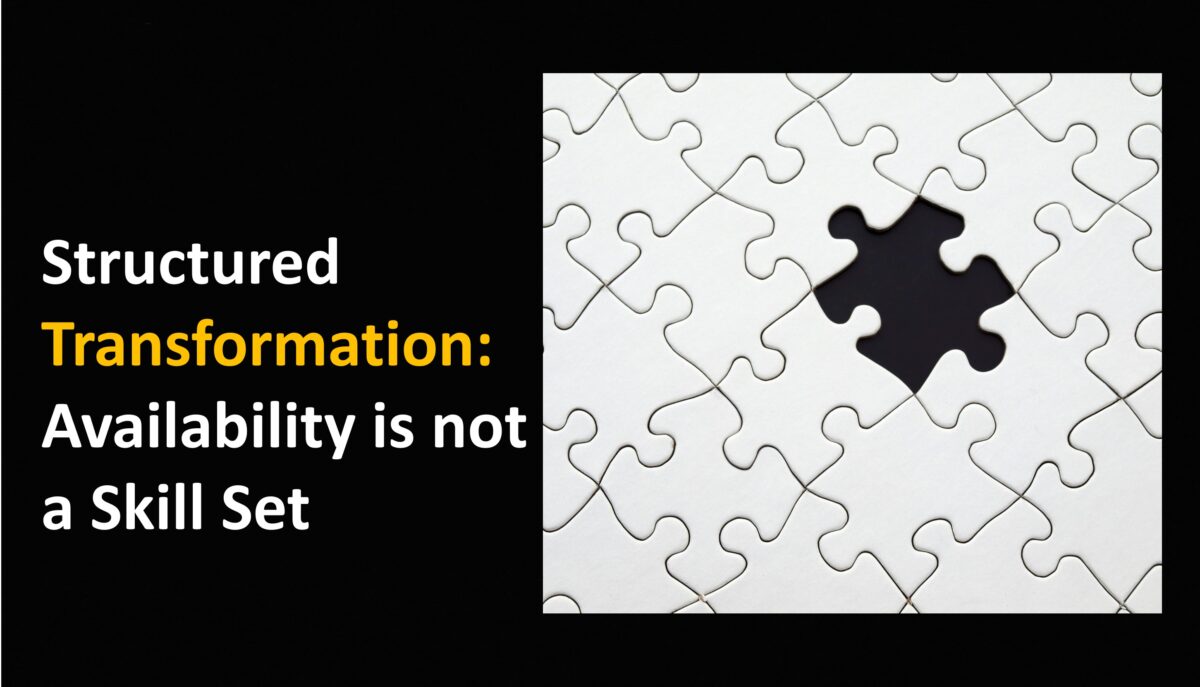Right now, CFOs are putting the final touches on the 2026 budget structure — aligning financial priorities with what the business must achieve next year.
At the same time, CEOs expect these priorities to translate into real actions that drive both short-term results and strategic progress.
And that’s where the friction begins.
Functional leaders are asked to mobilize resources, redesign processes, and deliver outcomes — often on top of already stretched day-to-day responsibilities.
Most of my assignments over the years have come exactly from this gap:
👉 resources not available,
👉 capabilities not sufficient,
👉 execution not moving fast enough.
What I bring as an external Transformation / Execution Lead is simple but powerful:
✔ Focus on what actually drives value
✔ Clarity in objectives, roles, and decisions
✔ Tight cross-functional coordination
✔ Hands-on intervention when things stall
The result?
Initiatives that deliver — and financial goals that stop being wishful thinking and become reality.
💭 Think about your past performance in executing priorities and strategic initiatives:
Which lessons did you take away?
And what will you do differently this time?
I wish you and your business all the best — a strong, successful 2026, and the right decisions to help you achieve every goal you set.
If the situation I describe sound familiar—and you’re unsure what the next step should be—let’s connect. I help executive teams create clarity, focus, and momentum in complex transformation environments.








